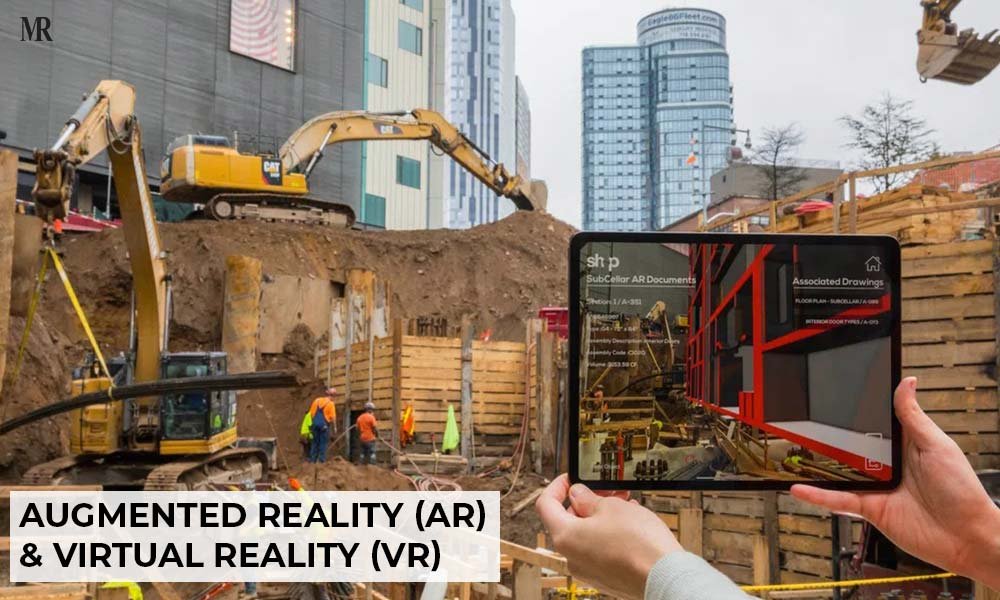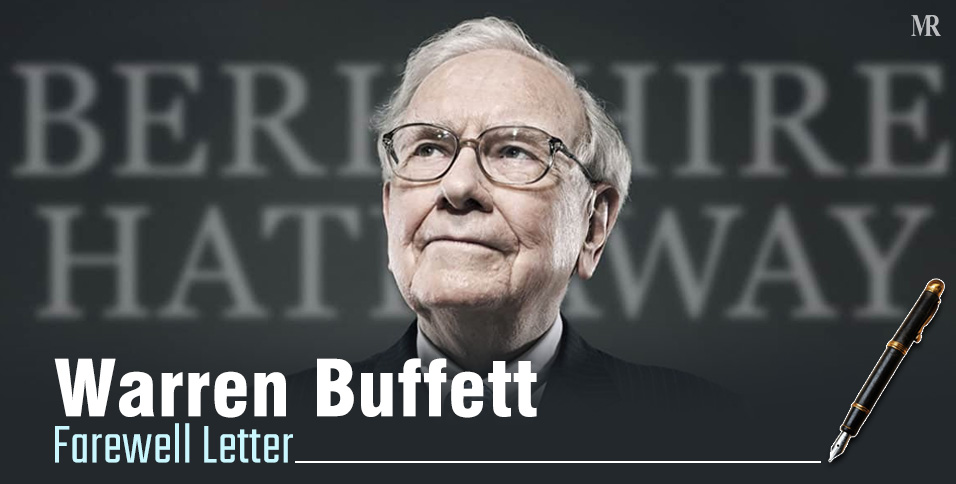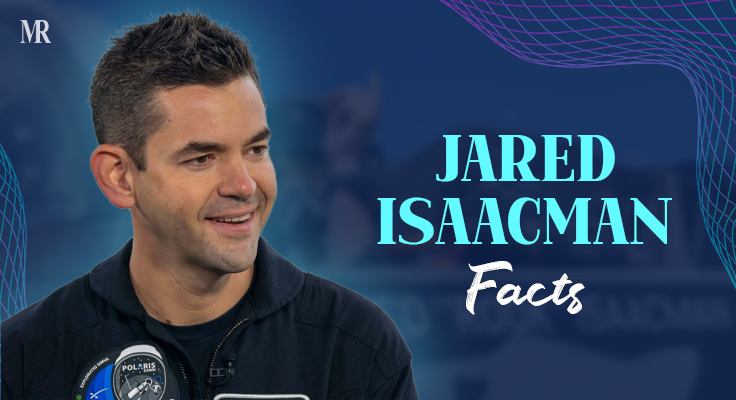The construction industry is on a steady climb. It is fueling economies and transforming cityscapes worldwide. Projections show the global market jumping from $16.15 trillion in 2024 to $17.04 trillion in 2025, growing at a 5.5% annual rate. And did you know? In the U.S., construction spending has already crossed $2 trillion last year. The momentum isn’t slowing down!
But this growth isn’t just about bigger budgets and more projects—it’s about change. Technology is weaving its way into every corner of the industry, from design to execution. It’s making everything faster, smarter, more accurate. With demand surging, companies are leaning into innovative construction technologies. It’s like, we’re stepping into a whole new chapter for the industry.
In this blog, we’ll explore 10 latest construction technologies that are the future of the construction industry. But before that, let’s take a look at how the industry has evolved over the years.
Technological Transformation of the Construction Landscape
You know, for ages, people said construction is slow to adopt new technology. But, honestly? That’s changing, like, really fast. They’re ditching those old paper-based blueprints and manual processes. Instead, they’re using digital tools, stuff that makes things work better, keeps people safer, and, you know, helps the planet.
It’s not just a little tweak either. Construction technologies are changing everything, from when you first think about a project to actually building it, and even how you look after it later on. This is the rise of intelligent construction. These digital tools are now just part of how things get done, making sure everything’s spot-on, safe, and, well, that it gets finished on time and doesn’t cost a fortune.
And, with it being hard to find workers, rising costs, and everyone wanting to be greener, it’s no wonder companies are jumping on the tech bandwagon. When you can solve a bunch of problems with smart stuff, well, it’s not just a trend anymore—but a necessity.
List Of Top 10 Construction Technology Innovations
| Innovation | Key Benefits | Key Challenges |
| Artificial Intelligence (AI) & Machine Learning (ML) | Enhanced planning, improved safety, optimized resource allocation, predictive maintenance, enhanced quality control | High initial costs, data infrastructure needs, skilled workforce requirement, data accuracy & reliability |
| Robotics & Automation | Increased efficiency, improved safety, enhanced precision, reduced labor costs, 24/7 operation | High implementation costs, navigating unstructured sites, safety concerns (human-robot interaction), skilled operators needed |
| Building Information Modeling (BIM) | Enhanced collaboration, improved visualization, early clash detection, accurate material estimation, streamlined project management | High initial costs, integration challenges, need for skilled professionals, data management & interoperability |
| Augmented Reality (AR) & Virtual Reality (VR) | Improved visualization, enhanced safety training, better collaboration, efficient project management, cost & time savings | High upfront costs, learning curve for teams, integration with existing software |
| Drones | Faster site surveys, improved safety, boosted efficiency, detailed 3D mapping, better material monitoring | Regulatory restrictions, privacy concerns, need for skilled operators, weather dependency |
| 3D Printing (Additive Manufacturing) | Faster project completion, reduced waste, cost savings, design flexibility, sustainable building potential | Material limitations, reinforcement challenges, lack of regulations, restricted building size, high tech costs |
| Modular & Prefabricated Construction | Faster project completion, reduced labor costs, improved quality control, less waste, reduced on-site disruption | Logistical challenges (transport), design flexibility limitations, need for precise planning, regulatory barriers |
| Wearable Technology | Improved worker safety, reduced musculoskeletal injuries, enhanced communication, increased productivity, real-time health monitoring | Potential high costs, worker privacy concerns, device durability & comfort, seamless integration with other tech |
| Digital Twins | Enhanced project visualization, improved collaboration, predictive maintenance, increased efficiency, sustainability benefits | High initial costs, data security & privacy issues, integration challenges, need for accurate data |
| Sustainable & Green Building Practices & Materials | Reduced environmental impact, lower operating costs, improved indoor air quality, enhanced building durability | Potential higher upfront costs, need for specialized knowledge, evolving regulations, perceived lack of customer demand |
1. Artificial Intelligence (AI) & Machine Learning (ML)
Artificial Intelligence (AI) and Machine Learning (ML) are shaking things up in construction, changing the way projects are designed, planned, and executed. These technologies are making a real impact by automating tasks and enabling smarter, data-driven decisions.
And get this, the AI market? It’s blown up. It’s past $184 billion in 2024, which is a huge jump from before. It’s not just the big tech companies either. Construction companies are getting in on it too. Turns out, something like 64% of companies in the industry are already using or trying out AI stuff. That’s a lot, right?
And it’s not slowing down. A survey from Trimble showed that 59% of people think AI and machine learning are going to be huge for construction in 2025. With more and more companies realizing they can use it to make things work better, and even predict problems, AI’s becoming something you really need, not just something that’d be nice to have.
2. Robotics & Automation

Robots are no longer just a futuristic concept or new construction technologies—they’re here, taking on repetitive, hazardous, and physically demanding tasks. This shift isn’t just about efficiency; it’s also a solution to the ongoing labor shortages that have challenged the industry for years.
The construction robotics market is growing rapidly. A 2024 survey by BuiltWorlds found that nearly two-thirds of contractors are already using robotics on job sites. That’s a lot, right? It’s a clear sign that automation is becoming a standard part of the industry.
As adoption rises, robotics is set to play an even bigger role in improving safety, reducing costs, and keeping projects on track—all while helping construction companies do more with fewer workers.
3. Building Information Modeling (BIM)
Gone are the days when construction planning relied solely on stacks of blueprints and guesswork. Building Information Modeling (BIM) is changing the game by providing a detailed digital model of a building’s structure and functions. Think of it as a virtual twin that helps architects, engineers, and builders stay on the same page—from the first sketch to the final demolition.
BIM isn’t just a trend—it’s becoming the norm. ILike, in Germany, over 70% of construction companies are already using it to plan better and get things done faster. And here’s the cool part: by 2025, BIM’s going to team up with AR and VR. So, instead of just looking at blueprints; they’ll walk through lifelike digital models before construction even begins.
4. Augmented Reality (AR) & Virtual Reality (VR)

AR overlays digital information onto the real world, helping workers see blueprints and design adjustments in real-time. Meanwhile, VR creates fully immersive environments, allowing teams to step inside a project before a single brick is laid.
These technologies are already changing the game in 2024. It’s helping construction companies see things better, train people, work together more easily, and even make job sites safer. One of the coolest things is this mixed reality modeling. They’re mixing AR and VR to make really detailed 3D models and give you a super realistic look at what the building’s going to be like. As more and more companies start using these tools, well, it’s going to change how buildings are planned and built, for good.
5. Drones
Drones are no longer just high-tech gadgets; they’ve become essential tools in construction, offering a bird’s-eye view that’s revolutionizing project management. These flying assistants are used for site surveys, safety inspections, progress tracking, and even material management, making construction sites more efficient and safer.
And one of the best things? They help keep people safe. Drones can find things like weak spots in buildings, materials that might fall, and dangerous stuff before it becomes a problem. And it’s not just about safety either. Companies that use drones to see how things are going? They’ve actually finished projects up to 20% faster. So, turns out, seeing things from above can really make a difference.
6. 3D Printing (Additive Manufacturing)

Once considered futuristic, 3D printing—also known as additive manufacturing— is now making waves in construction. This cutting-edge process builds structures layer by layer using digital blueprints, allowing for faster, cost-effective, and more sustainable building methods. What’s even more exciting? A wide range of materials can be used, from concrete and polymers to recycled materials, pushing the boundaries of innovation.
And the numbers? They’re pretty wild. The 3D printing market is predicted to go from $1.4 billion in 2021 to, get this, $750.8 billion by 2031. That’s huge! So, yeah, 3D printing isn’t just a test run. It’s really going to change how we build things.
7. Modular & Prefabricated Construction
Construction is changing, and modular and prefabricated methods are leading the charge. Instead of building everything from scratch on-site, key components—or even entire sections of buildings—are crafted in a controlled factory setting. These ready-made pieces are then transported and assembled at the construction site, slashing project timelines, cutting down on material waste, and improving quality control.
The global modular construction market is on a steady rise, with projections showing a CAGR of 6.5% from 2024 to 2030. One of the best things is, they can do two things at once. While they’re making the building parts in the factory, they can also get the site ready. This can cut construction time to 50%, compared to traditional ways.
8. Wearable Technology

We all know building sites can be risky places. But wearable technology is stepping in to change the game. From smart helmets and vests to augmented reality glasses and exoskeletons, these advanced tools are helping workers stay safe, productive, and better connected on job sites.
So, companies are really starting to use this stuff to cut down on accidents and get more done faster. Plus, the market for this wearable tech in construction? It was already worth $4.1 billion in 2023, and they’re saying it’s gonna grow by more than 10% every year until 2032. And you know what’s pushing that? The growing focus on worker safety, as construction remains one of the highest-risk industries.
9. Digital Twins
Digital twins are reshaping the construction industry by creating virtual replicas of physical assets, allowing for real-time monitoring, simulation, and predictive analysis. This technology helps teams track every stage of a project’s lifecycle, from initial design to long-term maintenance, offering valuable insights that improve efficiency and decision-making.
The digital twin market in construction is expanding rapidly. It’s reported that it’s going to grow by 35.7% from 2024 to 2030 in the US. By 2025, they’re expecting most projects to use digital twins as a normal tool. Shows you how important they’re getting for making things run smoother and getting better results. And because you can try things out in the digital copy before you do them for real, it’s really changing how they plan, build, and manage everything.
10. Sustainable & Green Building Practices & Materials

Sustainability and green building practices have moved beyond being niche trends and are now central to the construction industry. Companies are increasingly using eco-friendly materials, designing energy-efficient buildings, and adopting sustainable construction technologies and methods to reduce environmental impact while creating healthier indoor spaces.
The market for green buildings was valued at $754.3 billion in 2024 and is expected to soar to $1.41 trillion by 2030. That’s a big jump, like 11.1% every year. And with about 60% of construction companies actually doing green projects, it’s clear that being sustainable isn’t just an option anymore. It’s really changing how buildings are designed and built.
Benefits of Construction Technology
Here’s how the latest technology used in building construction is transforming the way buildings are designed, built, and maintained:
| Benefit Category | Description |
| Boosts Efficiency and Productivity | Speeds up construction, automates tasks, streamlines workflows, improves resource management, leads to faster project completion, higher output. |
| Enhances Safety on Job Sites | Tracks worker health, monitors environmental conditions, detects hazards, reduces workplace injuries, robotics handle dangerous tasks. |
| Reduces Costs | Cuts labor costs, improves material estimates and usage, minimizes waste, smart project scheduling, predictive equipment maintenance. |
| Improves Quality and Accuracy | Reduces errors, achieves greater precision, fewer mistakes, less rework, better overall building quality. |
| Strengthens Collaboration and Communication | Ensures everyone works with the latest information, reduces miscommunication, prevents project delays. |
Challenges of Construction Technology Adoption
While technology offers undeniable advantages in construction, adding them to everyday operations comes with its own challenges. Here are some key obstacles the industry faces:
| Challenges | Description |
| High Initial Costs | Investment in new hardware, software, employee training. Budget allocation difficulties, especially for smaller firms. |
| Integration with Existing Systems | Complexity and time-consuming implementation, need for seamless workflow integration, potential disruption of ongoing projects. |
| Skill Gaps in the Workforce | Lack of experience with advanced digital tools, need for extensive training programs, time and resource investment for training. |
| Data Security Concerns | Increased handling of digital data, risk of cyber threats, potential for data breaches and operational risks, need for strong security measures. |
| Resistance to Change | Hesitation to embrace new technologies, long-standing practices, viewing new technology as disruptive or unnecessary. |
End Note
So, look, it’s pretty clear, right? Tech isn’t just some fancy extra in construction anymore. It’s like, you need it if you want to keep up, let alone get ahead.
Think about it. Where the industry is headed? It’s all tied up with these new tools and ways of doing things. I mean, things like AI, robots, BIM, all that AR/VR stuff, drones, 3D printing, building things in pieces off-site, those wearable gadgets, digital twins, and, of course, doing things in a way that’s easier on the planet.
If construction companies really get on board with this stuff, start checking it out, and actually use it, then, yeah, things are gonna get better. We’re talking more efficient projects, safer sites, and a real push for doing things sustainably. And, at the end of the day, that means more projects that actually work out well, you know?












